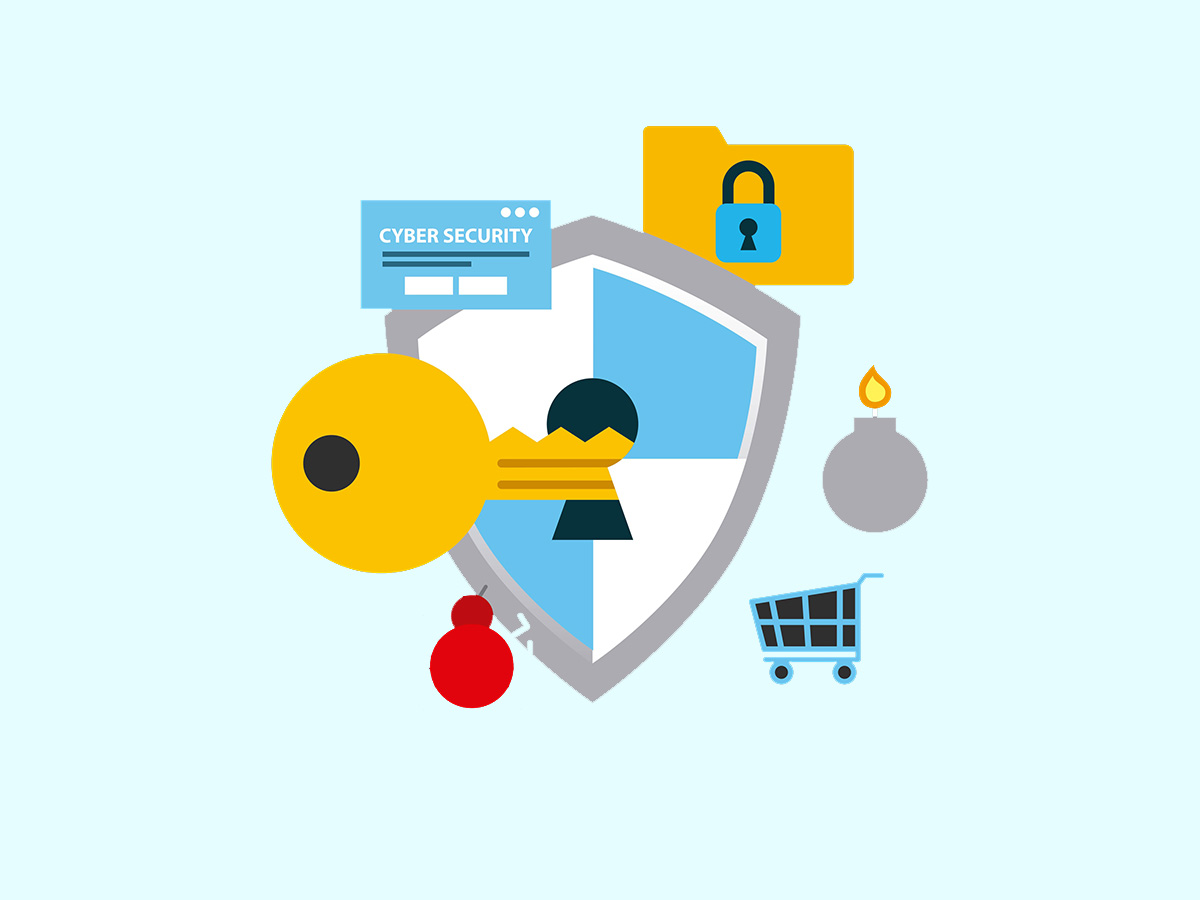Token-based devices are hardware tools used to provide an additional layer of security by generating a unique, random authentication code or password. These codes, also called tokens, are time-sensitive and change frequently to prevent unauthorized access. They are typically used in a two-factor or multi-factor authentication process. These devices can come in the form of key fobs, card readers, or even apps on a smartphone. They help to ensure that only the person with the physical device can access the secured resource, adding a tangible element to digital security protocols.
Token-Based Devices Examples
1. RSA’s SecurID Device
RSA’s SecurID device is a commonly used token-based security tool. This small, handy device can conveniently attach to your keychain or fit into your pocket. It’s designed to offer an extra level of protection for user credentials and sensitive company data.

Stay One Step Ahead of Cyber Threats
The device functions by generating and displaying a unique code, known as a token, at regular intervals. This code functions as a rotating, time-sensitive password and changes after a set period. The device and the server it communicates with are synchronized, ensuring they generate the same code for that specific time.
When a user attempts to log in to a protected system, they are required to input their usual password along with the randomly generated code visible on the RSA SecurID device at that exact moment. This two-factor authentication method ensures that even if an attacker manages to obtain a user’s regular password, they would still lack the unique, constantly changing code displayed on the RSA device, thereby adding a robust security layer against unauthorized access.
2. Google Authenticator
Google Authenticator operates as a software-based token device, accessible through your smartphone. This app assists in fortifying security by adding an additional layer to the authentication process, evolving it into a two-step verification.
Here’s how it works: during login, after entering your regular password, the system will prompt you to enter a second password. This is where Google Authenticator comes into play. By opening the app, you find a unique, time-sensitive confirmation code that you input as the second password.
This code renews after a set period of time for every service to which the app is linked. This process negates risk, as stolen or cracked passwords aren’t enough for unwanted intruders to gain access because they wouldn’t have the constantly changing second password from Google Authenticator. Without it, they’d be unable to pass the two-step verification.
3. YubiKey
YubiKey represents a different approach to token-based devices, taking the form of a small USB stick. Just like the other examples, it acts as a powerful tool to reinforce the authentication process and strengthen the overall security of your digital assets.
To use YubiKey, you insert the USB into your device. When you access a service that requires two-factor authentication, the system will ask you to tap or press a button on the YubiKey. The token embedded within the YubiKey is sent to the system, verifying your identity and granting you access.
The key advantage of YubiKey is that it doesn’t require a connection to a network or battery power to function, and it’s simple to use. Because token codes are hardware-based and don’t need to be manually typed from a separate device like a phone or fob, it lessens the chance of token theft via phishing, MITM attacks, or other similar threats.
Conclusion
Token-based devices such as RSA’s SecurID device, the Google Authenticator app, and the YubiKey USB offer robust protection against unauthorized access by adding an additional layer to the authentication process. Their ability to generate unique, time-sensitive codes makes them a practical solution for enhancing digital security and ensuring only the rightful user gains access to secured resources.
Key Takeaways
- Token-based devices are tools that generate a unique, random authentication code or password to provide an additional layer of security.
- These devices are often used in two-factor or multi-factor authentication processes to enhance digital security.
- Examples of token-based devices include the RSA’s SecurID device, the Google Authenticator app, and the YubiKey USB stick.
- Token-based devices minimize the risk of unauthorized access as they ensure only the person with the physical device can access the secured resource.
- These devices generate codes that are time-sensitive and change frequently, further enhancing their security efficacy.
Related Questions
1. What is two-factor authentication?
Two-factor authentication is a security system that requires two distinct forms of identification to access an account or a system. These forms can be something you know (like a password), something you have (like a token generator), or something you are (like a fingerprint).
2. Why are token-based devices useful?
Token-based devices add an extra level of security because they generate a unique, time-bound code. Even if someone discovers your password, they can’t access your account without the code from your device.
3. Can token-based devices be physical or digital?
Yes, token-based devices can be physical, like a key fob or USB stick, or digital, like an app on your phone.
4. Are token-based devices completely foolproof?
While token-based devices greatly enhance security, no system is 100% foolproof. Devices can be lost or stolen, and hackers continuously find new ways to break systems. However, the added layer of security makes it much harder to gain unauthorized access.
5. Do all systems use token-based devices?
No, not all systems use them. Many still rely on single-factor authentication, typically a username and password. However, more systems are adopting two-factor or multi-factor authentication methods, often using token-based devices, for enhanced security.
"Amateurs hack systems, professionals hack people."
-- Bruce Schneier, a renown computer security professional






